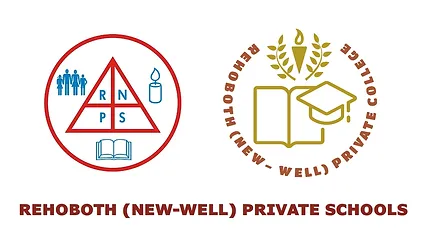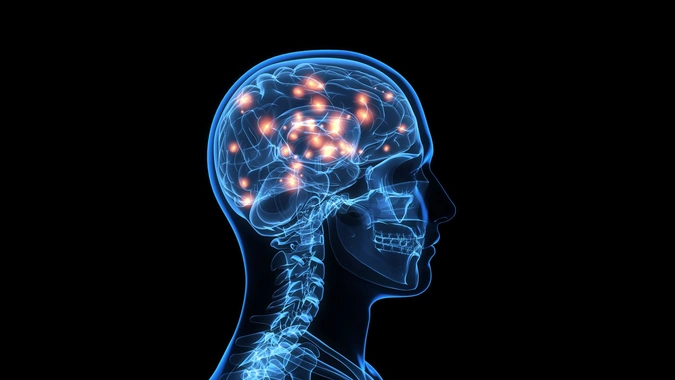Learning new things is a huge part of life — we should always be striving to grow and learn a new skill. Whether you’re learning Spanish or want to do math fast, it takes time to learn each lesson, and time is precious. So how can you make the most of your time by speeding up the learning process? Thanks to neuroscience, we now have a better understanding of how we learn and the most effective ways our brains process and hold on to information.
If you want to get a jump start on expanding your knowledge, here are 10 proven ways you can start being a quick learner.
1. Take notes with pen and paper.
Though it might seem that typing your notes on a laptop during a conference or lecture will be more thorough, thus helping you learn faster, it doesn’t work that way. To speed up your learning, skip the laptop and take notes the old-fashioned way, with pen and paper. Research has shown that those who type in their lecture notes process and retain the information at a lower level. Those who take notes by hand actually learn more.
While taking notes by hand is slower and more cumbersome than typing, the act of writing out the information fosters comprehension and retention through muscle memory. Reframing the information in your own words helps you retain the information longer, meaning you’ll have better recall and will perform better on tests.
2. Have effective note-taking skills.
The better your notes are, the faster you’ll learn. Knowing how to take thorough and accurate notes will help you remember concepts, gain a deeper understanding of the topic and develop meaningful learning skills. So, before you learn a new topic, make sure you learn different strategies for note-taking, such as the Cornell Method, which helps you organize class notes into easily digestible summaries.
Whatever method you use, some basic tips for note-taking include:
- Listen and take notes in your own words.
- Leave spaces and lines between main ideas so you can revisit them later and add information.
- Develop a consistent system of abbreviations and symbols to save time.
- Write in phrases, not complete sentences.
- Learn to pull out important information and ignore trivial information.
3. Distributed practice.
This method involves distributing multiple practices (or study sessions) on a topic over a period of time. Using short, spaced-out study sessions will encourage meaningful learning, as opposed to long “cram sessions,” which promote rote learning. The first step is to take thorough notes while the topic is being discussed. Afterward, take a few minutes to look over your notes, making any additions or changes to add detail and ensure accuracy.
Do this quickly, once or twice following each class or period of instruction. Over time, you can begin to spread the sessions out, starting with once per day and eventually moving to three times a week. Spacing out practice over a longer period of time is highly effective because it’s easier to do a small study session and you’ll stay motivated to keep learning.
4. Study, sleep, more study.
You have a big project or a major presentation tomorrow and you’re not prepared. If you’re like many of us, you stay up too late trying to cram beforehand. Surely your hard work will be rewarded, even if you’re exhausted the next day… right? However, that’s not the most efficient way for our brains to process information.
Research shows a strong connection between sleep and learning. It seems that getting some shut-eye and taking short breaks are important elements in bolstering how our brains remember something. Deep sleep (non-rapid-eye-movement sleep) can strengthen our long-term memory if the sleep occurs within 12 hours of learning the new information. And students who both study and get plenty of sleep not only perform better academically; they’re also happier.
Related: Study Finds the Less You Sleep the Less People Like You
5. Modify your practice.
If you’re learning a skill, don’t do the same thing over and over. Making slight changes during repeated and deliberate practice sessions will help you master a skill faster than doing it the same way every time. In one study of people who learned a computer-based motor skill, those who learned a skill and then had a modified practice session where they practiced the skill in a slightly different way performed better than those who repeated the original task over and over.
This only works if the modifications are small — making big changes in how the skill is performed won’t help. So, for instance, if you’re practicing a new golf swing or perfecting your tennis game, try adjusting the size or weight of your club or racket.
6. Try a mnemonic device.
One of the best ways to memorize a large amount of information quickly is to use memory techniques like a mnemonic device: a pattern of letters, sounds or other associations that assist in learning something. One of the most popular mnemonic devices is one we learned in kindergarten — the alphabet song. This song helps children remember their “ABCs,” and it remains deeply ingrained in our memory as adults. Another is “i before e except after c” to help us remember a grammar rule.
Mnemonics help you simplify, summarize and compress information to make it easier to learn a new word or new skill. It can be really handy for students in medical school or law school, or people studying a new language. So, if you need to memorize and store large amounts of new information, try a mnemonic and you’ll find you remember the information long past your test.
7. Use brain breaks to restore focus.
Information overload is a real thing. In order to learn something new, our brains must send signals to our sensory receptors to save the new information, but stress and overload will prevent your brain from effectively processing and storing information.
When we are confused, anxious or feeling overwhelmed, our brains effectively shut down. You can see this happen when students listening to long, detailed lectures “zone out” and stop paying attention to what’s being said.
They simply aren’t able to effectively conduct that information into their memory banks, so learning shuts down. The best way to combat this is by taking a “brain break,” or simply shifting your activity to focus on something new. Even a five-minute break can relieve brain fatigue and help you refocus.
8. Stay hydrated.
We know we should drink water because it’s good for us — it’s good for our skin and our immune system, and it keeps our body functioning optimally. But staying hydrated is also key to our cognitive abilities. Drinking water can actually make us smarter. According to one study, students who took water with them to an examination room performed better than those who didn’t.
Dehydration, on the other hand, can seriously affect our mental function. When you fail to drink water, your brain has to work harder than usual.
9. Learn information in multiple ways.
When you use multiple ways to learn something, whether it’s language learning or speed reading, you’ll use more regions of the brain to store information about that subject. This makes that information more interconnected and embedded in your brain. It basically creates a redundancy of knowledge within your mind, helping you truly learn the information and not just memorize it.
You can do this through spaced repetition or by using different media to stimulate different parts of the brain, such as reading notes, reading the textbook, watching a video on social media and listening to a podcast or audio file on the topic. The more resources you use, the faster you’ll learn.
10. Connect what you learn with something you know.
The more you can relate new concepts to ideas that you already understand, the faster you’ll learn the new information. According to the book Make It Stick, many common study habits are counterproductive. They may create an illusion of mastery, but the information quickly fades from our minds.
Memory plays a central role in our ability to carry out complex cognitive tasks, such as applying knowledge to problems we haven’t encountered before and drawing inferences from facts already known. By finding ways to fit new information in with preexisting knowledge, you’ll find additional layers of meaning in the new material. This will help you fundamentally understand it better, and you’ll be able to recall it more accurately.
Elon Musk, the founder of Tesla and SpaceX, uses this method. He said he views knowledge as a “semantic tree.” When learning new things, his advice is to “make sure you understand the principles, i.e., the trunk and big branches, before you get into the leaves/details or there is nothing for them to hang on to.” When you connect the new to the old, you give yourself mental “hooks” on which to hang the new knowledge.


